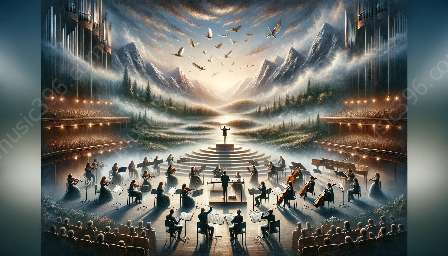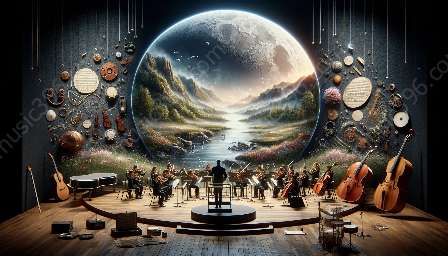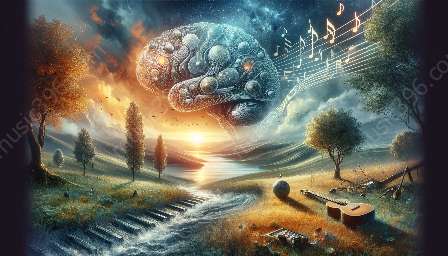Introduction
Music iconography, the visual representation of musicians, bands, and musical genres, plays a significant role in shaping our perception and understanding of different musical styles. It encompasses album covers, promotional materials, music videos, and imagery associated with specific artists and genres. The intricate relationship between music and visual imagery has profound psychological implications on how we interpret and engage with various musical genres. This article aims to explore the multifaceted impact of music iconography on the perception of musical genres, delving into its effects on cognition, emotions, and cultural identity.
Understanding Music Iconography
Music iconography serves as a powerful tool to convey artistic expression and communicate the cultural significance of a particular musical genre. Iconic visuals associated with genres such as rock, jazz, hip-hop, and electronic music contribute to an intricate web of symbols and associations that deeply influence listeners' perceptions. These visuals often encompass a wide range of elements, including attire, hairstyles, instruments, and stage design, which collectively contribute to the visual identity of the genre.
Moreover, the portrayal of artists and musicians through visual mediums shapes our understanding of their music. From the flamboyant imagery of glam rock to the gritty aesthetic of punk, music iconography amplifies the emotional and cultural context of the music, influencing listeners' expectations and predispositions towards specific genres.
Psychological Impact on Perception
The psychological implications of music iconography on the perception of musical genres are far-reaching. Visual imagery has the capacity to evoke emotions, trigger memories, and create lasting associations in the minds of listeners. When audiences encounter visual representations of musical genres, they are exposed to a myriad of implicit messages that affect their cognitive and emotional responses towards the music.
Furthermore, music iconography influences the formation of musical preferences and biases. The visual representations of artists and genres can create a sense of belonging and identity for listeners, shaping their musical tastes and allegiances. For instance, the iconic imagery associated with punk music, characterized by rebellious attitudes and anti-establishment aesthetics, can attract individuals who identify with its countercultural message, thereby influencing their perception of the music.
Cultural Significance and Identity
Music iconography also holds profound implications for cultural identity and representation. Visual representations of musical genres often reflect broader sociocultural movements, ideologies, and historical contexts. As a result, the imagery associated with specific genres becomes intertwined with cultural narratives, shaping perceptions of identity and belonging.
Moreover, music iconography serves as a vehicle for the expression of social and political messages. The visual cues embedded within music iconography can convey narratives of protest, empowerment, and social change, thereby affecting the perception of musical genres as agents of cultural commentary and resistance.
Counteracting Stereotypes
While music iconography can reinforce stereotypes and preconceived notions about musical genres, it also has the potential to subvert and challenge these perceptions. Visual representations that defy traditional genre conventions or blend diverse cultural elements contribute to a more nuanced and inclusive understanding of music.
By showcasing diverse and boundary-breaking imagery, music iconography has the capacity to broaden perspectives, shift paradigms, and challenge prevailing stereotypes. This dynamic interaction between visual representation and musical genres fosters a climate of creative exploration and reshapes listeners' perceptions.
Conclusion
Music iconography plays a pivotal role in shaping the perception of musical genres, influencing cognitive, emotional, and cultural dimensions of musical experiences. The intricate interplay between visual imagery and music engenders a rich tapestry of meaning, allowing for dynamic and multifaceted interpretations of different genres. By understanding the psychological implications of music iconography, we gain insight into the profound impact of visual representation on our engagement with music, and the intricate ways in which music and imagery intertwine to shape our musical worldview.
Through the exploration of the psychological implications of music iconography, we can appreciate the transformative power of visual imagery in shaping our perception of musical genres and embrace a more holistic understanding of music and its visual representation.








































